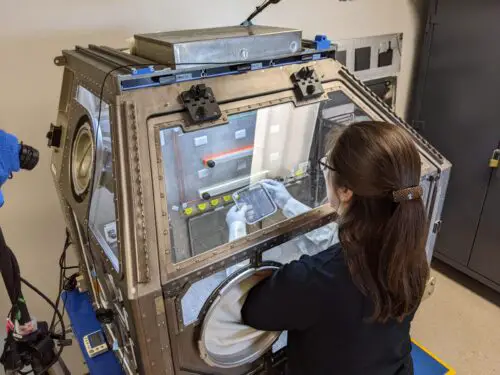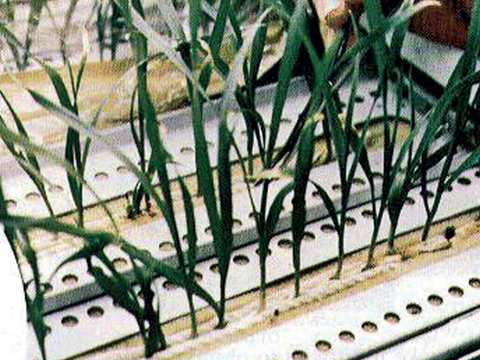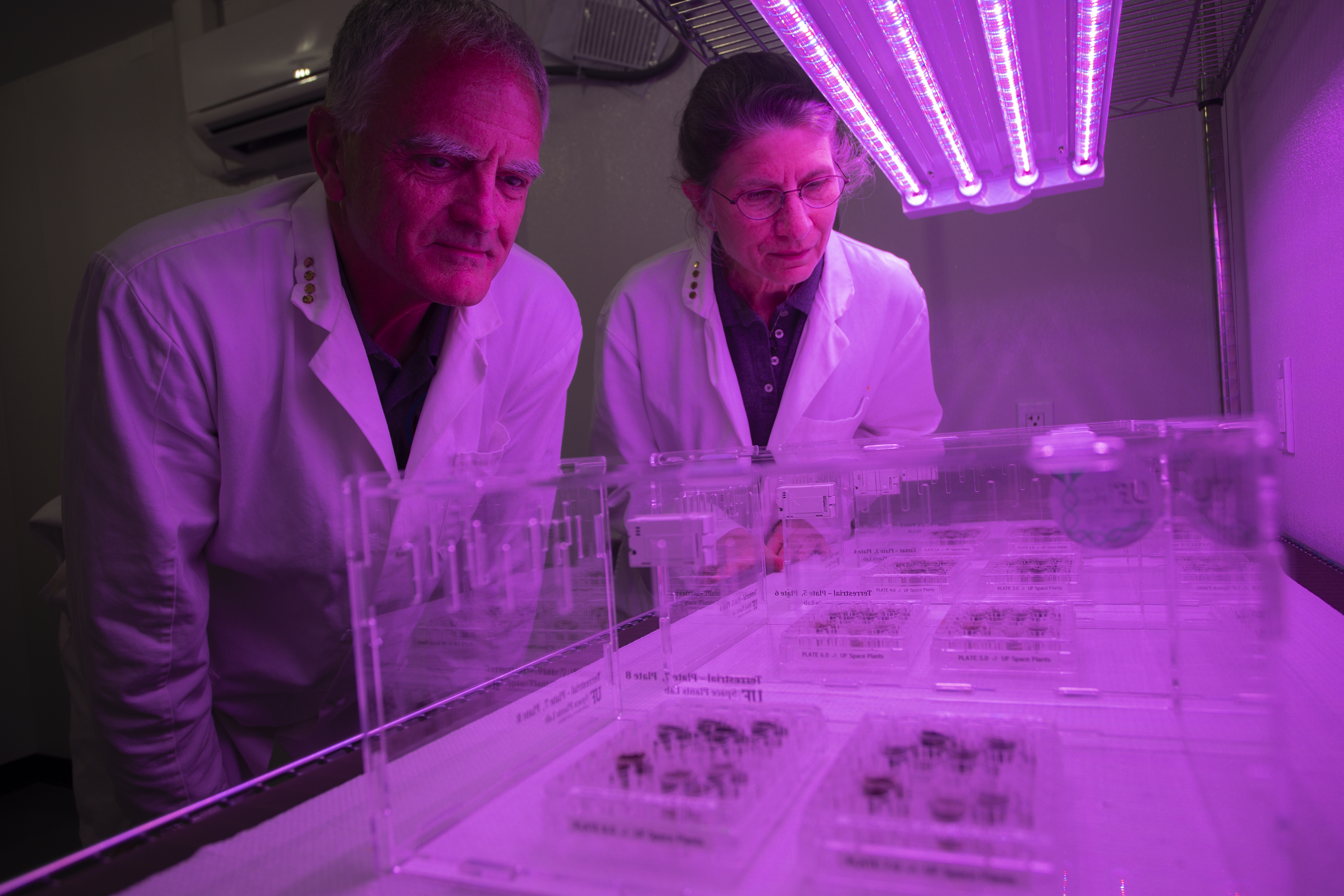When scientists try to grow plants in space, they face challenges such as microgravity and limited resources. The absence of gravity affects plant growth and requires researchers to develop innovative methods to provide essential nutrients and water.
Growing plants in space presents a unique set of obstacles that scientists must overcome to sustain life beyond Earth. The absence of gravity alters the way plants grow, affecting their root development and water uptake. Additionally, limited space and resources necessitate the development of advanced technologies to provide plants with the necessary nutrients and water.
Overcoming these challenges is crucial for future space exploration missions, as cultivating plants in space could potentially provide a sustainable source of food for long-term missions and human settlements on other planets. Understanding the intricacies of growing plants in space is essential for developing effective agricultural systems that can support life in extraterrestrial environments.

Credit: www.wpr.org
1. Evolution Of Space Farming
Space farming has significantly evolved over time, with scientists conducting various experiments to grow plants in space.
Early Experiments In Space Agriculture
- Initial attempts involved growing simple plants like lettuce aboard space stations.
- Researchers tested the effects of microgravity and radiation on plant growth.
- Challenges such as root development and nutrient delivery were addressed through innovative techniques.
The Development Of Advanced Plant Growth Systems
- Modern space farming utilizes cutting-edge technologies like hydroponics and aeroponics.
- LED lighting systems mimic sunlight, crucial for photosynthesis in plants.
- Specialized modules provide controlled environments for optimal plant growth.
As scientists continue to refine space farming techniques, the possibility of sustainable food production in space becomes increasingly feasible.
2. Microgravity Effects On Plants
2. Microgravity Effects on Plants
How Microgravity Affects Plant Growth
Plants in space encounter a unique challenge due to microgravity, which affects their growth in various ways.
The absence of gravity prevents plants from orienting themselves in a specific direction, leading to irregular root growth and stunted development.
Challenges Faced In Reproducing Earth-like Growth Conditions
Adapting standard methods of plant cultivation for space environments poses significant challenges.
Replicating earth-like growth conditions requires careful consideration of factors such as water distribution, nutrient absorption, and gas exchange in the absence of gravity.
3. Advanced Plant Growth Systems
3. Advanced Plant Growth Systems
When it comes to growing plants in space, scientists have developed advanced plant growth systems to ensure the successful cultivation of crops in extraterrestrial environments.
Hydroponics: Growing Plants Without Soil
Hydroponics is a method of growing plants in a nutrient-rich water solution without the use of soil. In space, this system allows for efficient use of resources as plants receive essential nutrients directly from the water. The roots are suspended in the nutrient solution and are provided with oxygen, promoting healthy growth.
Aeroponics: Mist-based Plant Cultivation
Aeroponics is a cutting-edge technique that involves cultivating plants in a misty environment. In this system, plant roots are suspended in the air and periodically misted with a nutrient solution. This method offers efficient water and nutrient usage, making it an ideal choice for space exploration where resources are limited.
Bioregenerative Systems: Self-sustaining Habitats
Bioregenerative systems focus on the creation of self-sustaining habitats that support plant growth, recycle waste, and provide food for astronauts. These systems aim to mimic Earth’s ecosystem, utilizing plants to purify air, produce oxygen, and generate food, contributing to a sustainable and closed-loop life support system for long-duration space missions.

Credit: m.economictimes.com
4. Nasa’s Efforts In Space Farming
The Veggie System On The International Space Station
The Veggie system on the International Space Station allows astronauts to grow fresh produce in space.
- It uses red, blue, and green LED lights to mimic sunlight.
- Vegetables like lettuce and radishes have been successfully grown in this system.
Future Plans And Objectives For Sustainable Food Production
NASA aims to develop sustainable food production systems to support long-duration space missions.
- Research is ongoing to optimize plant growth in microgravity environments.
- Efforts are being made to recycle water and nutrients to create a closed-loop system.

Credit: www.nasa.gov
Frequently Asked Questions Of What Happens When Scientists Try To Grow Plants In Space?
What Happens When Plants Grow In Space?
Plants growing in space experience unique challenges but adapt well. They grow towards light, produce oxygen, and help recycle air. The lack of gravity affects their growth, causing taller and thinner stems. NASA experiments show that growing plants in space can provide food and improve air quality for astronauts.
What Do Plants Do To A Space?
Plants enhance a space by improving air quality, adding natural beauty, and promoting a calming atmosphere. They also increase humidity, reduce noise, and improve overall well-being.
Why Study Plants In Space?
Studying plants in space helps understand how they grow in different environments for future Earth sustainability.
What Benefits Would Astronauts Get From Growing Their Own Food In Space?
Growing their own food in space benefits astronauts by providing fresh and nutritious produce, psychological comfort, and a sense of independence. It also reduces the need for regular resupply missions and minimizes food waste. Additionally, it offers a sustainable solution for long-duration space missions.
Conclusion
After exploring plant growth in space, we’ve seen the challenges and potential benefits. From improving food sustainability to advancing our understanding of biology, space plant experiments offer valuable insights. The journey to cultivate plants beyond Earth continues, holding promise for both scientific research and future space exploration missions.
